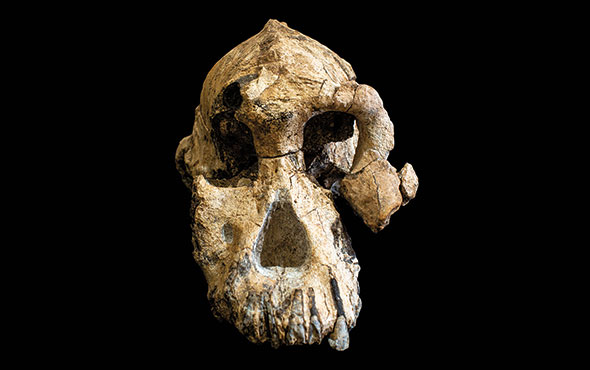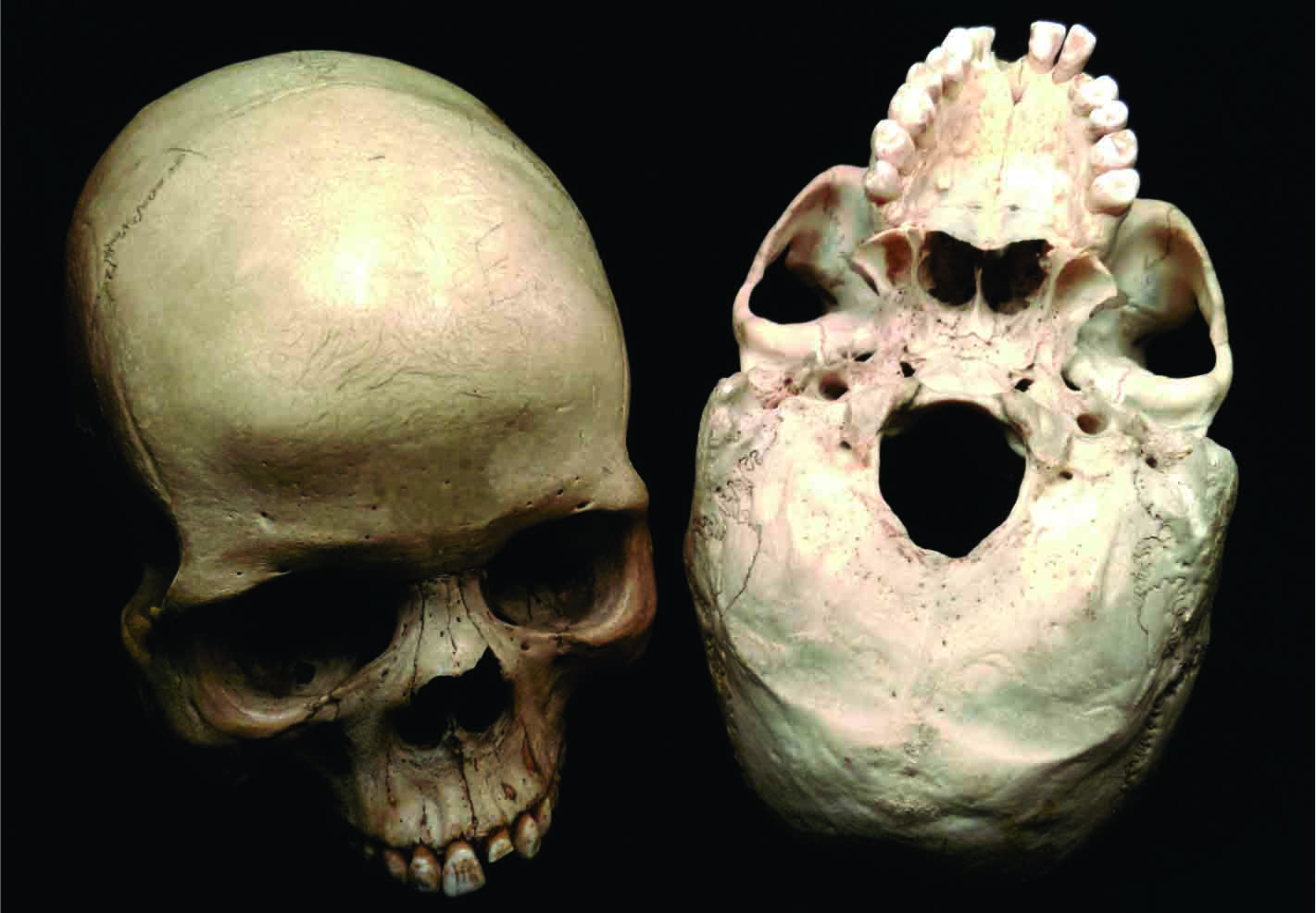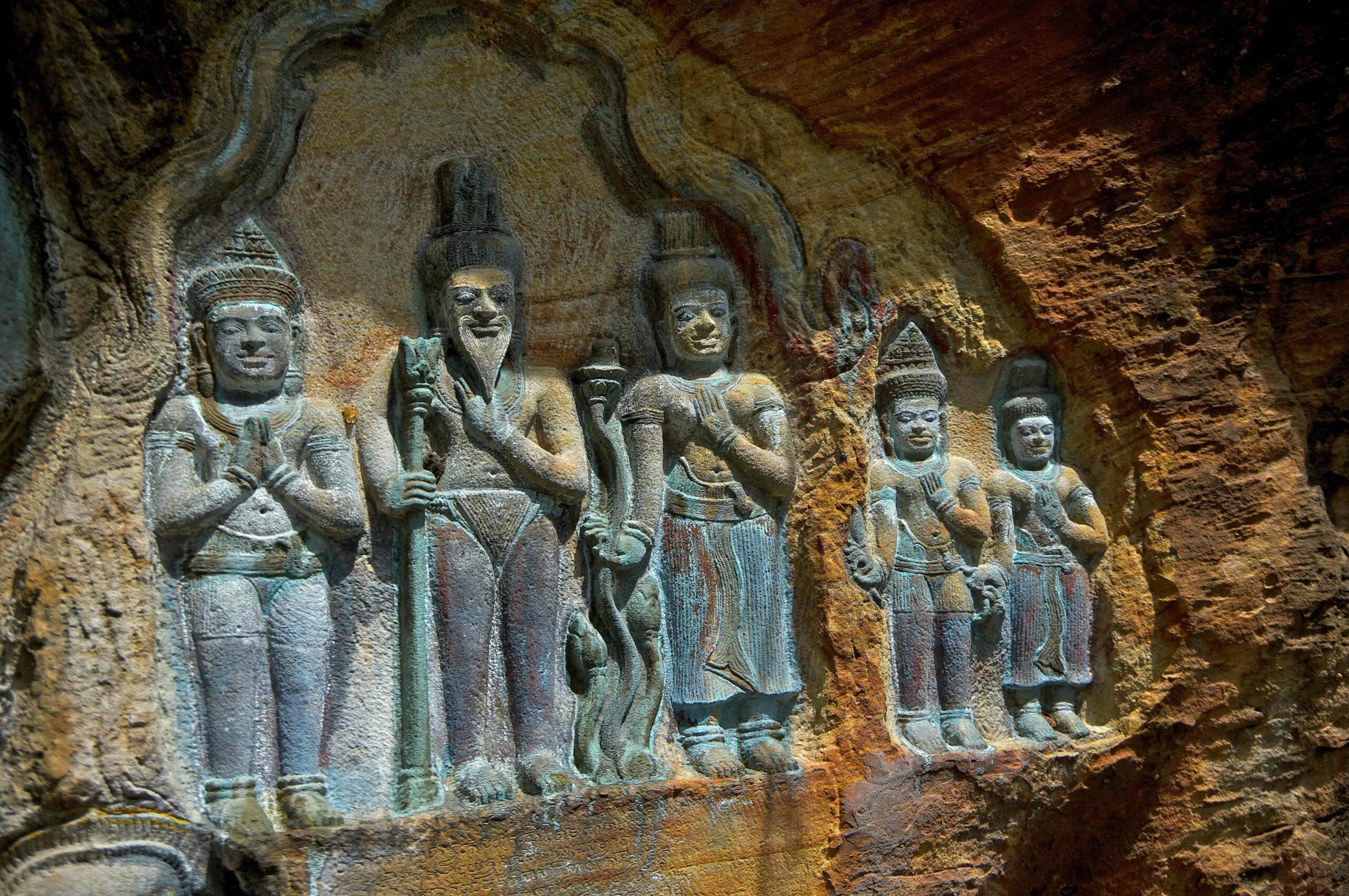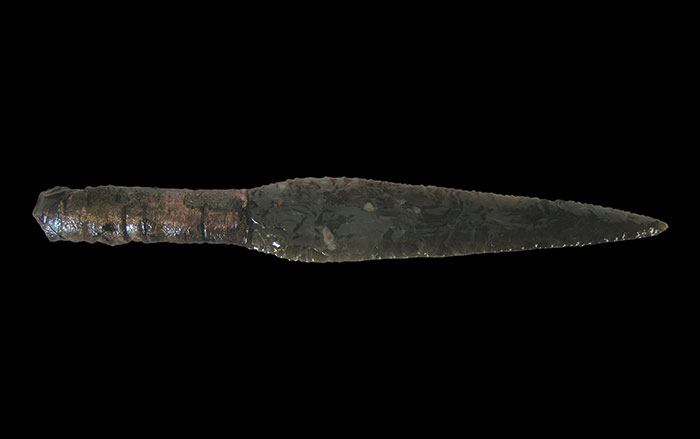
JOHANNESBURG, SOUTH AFRICA—An international team of scientists has combined skills in visualization techniques, engineering principles, and statistical analysis to study the structure of long bones and human bipedalism. The project begins with documenting the differences between the feet of living humans and other apes, in particular the shaft of the foot bone that is connected to the big toe, known as the hallucal metatarsal in modern humans, gorillas, and chimpanzees. In humans, the big toe propels walking and running. In other apes, the big toe is more thumb-like and used for grasping and climbing. “In our first study, we have documented exciting structural differences between humans, chimpanzees, and gorillas, some of which were predictable based on their gait differences. The unexpected structural differences we observed are equally intriguing. We are eager now to begin examining how far back in evolutionary time these differences can be traced,” said Kristian Carlson of the University of Witwatersrand. To read about the evolution of a very different motion, throwing, see "No Changeups on the Savannah."









